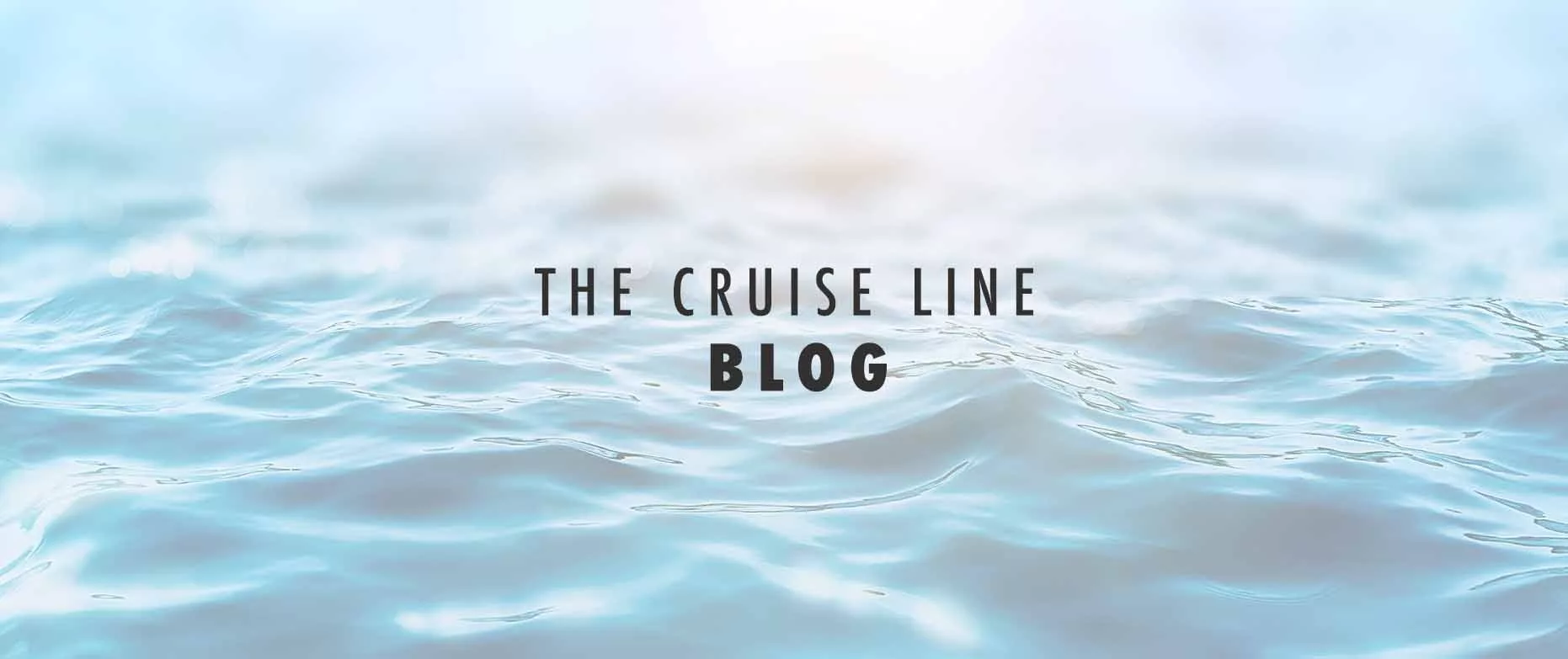In an attempt to escape the UK’s cold winter weather I decided to book a trip to Southern India. As my departure date grew ever closer I got the distinct feeling that India really is a destination that polarises opinion; some people love the idea of having a holiday there, whilst others absolutely hate it. To a certain extent I can certainly see where the latter group are coming from. After all, the media is never shy of illuminating the region’s poverty and lack of sanitation, and from browsing some well-known travel forums on the internet it seems that the threat of Delhi belly sits firmly at the top of the column marked “Reasons NOT to go to India”. Still, my excitement remained intact and the positives of such a trip seemed to outweigh the negatives. I was looking forward to not just relaxing and re-charging my batteries but also to the opportunity to immerse myself in colourful cultures and customs of such a fabled, almost mythical, place.
I’ve been back for a couple of weeks now and having been through my holiday ‘snaps’ a number of times with friends and family, I thought I’d take the time to write a little about my experience.
With only two weeks set aside for our trip, we chose to visit Southern India for two reasons: Firstly, because it is known for being more laid-back than its northern counterpart and secondly, we’d heard tales and seen pictures of its wonderfully attractive coastline and were certain that we wanted to experience the famous Kerala backwaters.
The first stop on our trip was the small state of Goa, which sits adjacent to the Arabian Sea. Famous for it’s stunning beaches, Goa is where visitors come in their droves every year to enjoy the swaying palm trees, white sands and crystal clear waters. We stayed Mormugao, a Portuguese-Hindu city where magnificently vibrant temples and ornately beautiful churches sit side by side. It’s a great place that lends itself perfectly to some casual exploration, and most of our time was spent wandering the cobbled streets and walkways whilst checking out the lively bazaars and markets.
Our next stop was Cochin in Kerala, which has been a trading port since Roman times. Cochin is where India really steps down a gear and offers a relaxed and friendly atmosphere. Visitors come here to watch the Chinese fishermen cast their nets on the seafront and to wander round the medieval town which is host to a colourful mixture of Portuguese, Dutch and English architecture which echo the region’s colonial past.
One of the best reasons to visit Cochin is to take the opportunity to enjoy a day–long excursion to the picturesque backwaters of Kerala. The backwaters are a 900km labyrinth of twisting waterways, lakes and lagoons that run between fauna-laden river banks lined with coconut trees and traditional Indian houses. The backwaters offer a seldom-seen glimpse into the daily lives of the local villagers and farmers who have been using the waterways as their main travel routes before the arrival of roads.
Our next stop was Kerala’s capital, Trivandrum. Built on seven low coastal hills, the capital is refreshingly green whilst the locals are accommodating and friendly. Once we’d settled in, we took a day to explore the more traditional side of Kerala. Spirituality and religious customs are a huge part of Indian culture so the opportunity to walk in the shadows of some of the cities most breathtakingly beautiful temples was too good to pass up. We stayed in Kerala for a couple of days and found the city offers plenty to do; we took a leisurely stroll around the tropical botanical gardens and even managed to fit in a trip to the city zoo!
The last stop on our Indian odyssey was the city of Mumbai. Mumbai is a famously manic city but nothing can really prepare you for the extreme contrast between the rich and the poor. It’s a head-muddling juxtaposition of flashy cars, shabby slums, swanky malls, street children, luxury hotels and pavement dwellers. If you can look past this (and it’s not easy), Mumbai is a great city to explore and it’s relatively easy to see why it’s become such a hotspot for western tourists during the last 20 years.
Home to the Bollywood film industry, Mumbai is packed with an array of dazzling buildings and mouth-watering restaurants, whilst those with a keen eye for a bargain will enjoy potting around one of the cities many bazaars and markets where you can find everything from locally-sourced spices to dusty old chandeliers. For further adventures, I’d recommend you take a trip to the cave temples on the neighbouring Elephant Island or visit the city’s wildlife park, the Sanjay Gandhi National Park.
If you’re interested in visiting Southern India on a cruise, then you’ll be delighted to know that Azamara Club Cruises, Swan Hellenic, Silversea Cruises and Seabourn Cruises all offer sailings to the region. The most popular ports of call are along the west coast, so there’s a great chance of stopping in Mumbai, Mormugao, Mangalore, Cochin and Trivandrum as part of an Asia/Indian Ocean voyage.
Written by Clare Funnell, copyright 2012.


